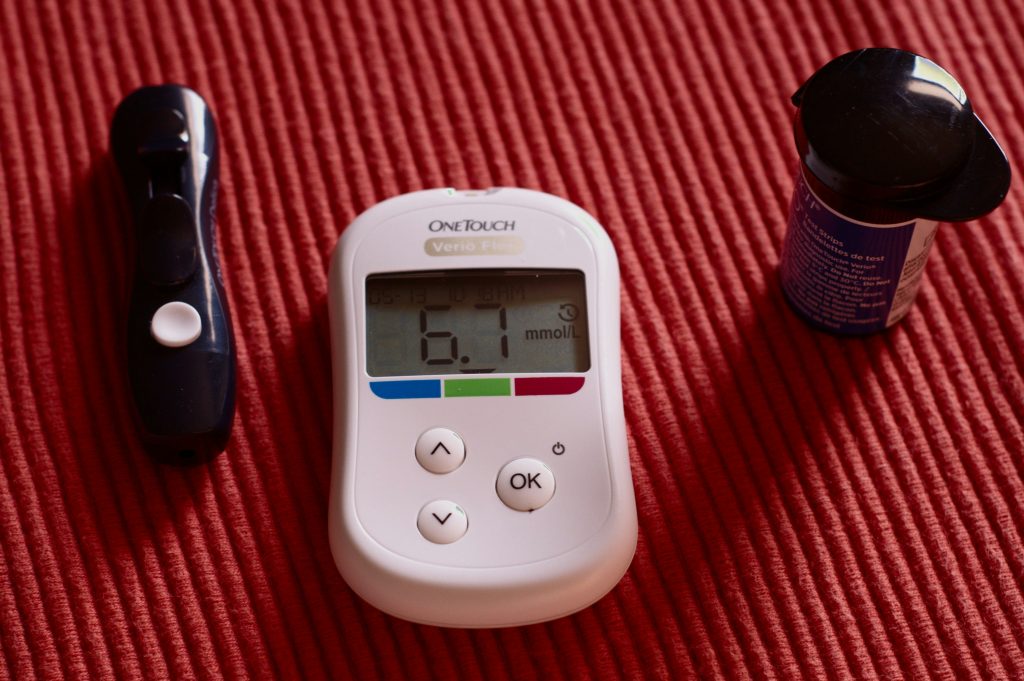
Top Low-Glycemic Index Foods to Manage Insulin Levels
Maintaining stable insulin levels is crucial for overall health, especially for those with diabetes or insulin resistance. One effective strategy to achieve this is through a diet rich in low-glycemic index (GI) foods.
The glycemic index measures how quickly a carbohydrate-containing food raises blood glucose levels. Low-GI foods (with a GI of 55 or less) are digested and absorbed more slowly, leading to a gradual rise in blood sugar and insulin levels.
Here are some top low-GI foods that can help manage insulin levels effectively.

Whole Grains
Whole grains are an excellent source of complex carbohydrates and fiber, which slow down glucose absorption.
- Quinoa (GI: 53): A protein-rich grain that’s also high in fiber.
- Barley (GI: 28): Known for its high soluble fiber content, which helps regulate blood sugar.
- Steel-Cut Oats (GI: 42): Less processed than rolled oats, providing a slower release of energy.
Legumes
Legumes are packed with protein, fiber, and essential nutrients, making them ideal for blood sugar control.
- Lentils (GI: 29): Rich in fiber and protein, they help stabilize blood sugar levels.
- Chickpeas (GI: 28): Versatile and nutrient-dense, perfect for soups, salads, and stews.
- Black Beans (GI: 30): These provide sustained energy and support digestive health.
Non-Starchy Vegetables
These vegetables are low in carbohydrates and calories but high in vitamins, minerals, and fiber.
- Broccoli (GI: 10): Contains fiber and antioxidants, which are beneficial for blood sugar control.
- Spinach (GI: 15): Packed with iron, magnesium, and fiber.
- Cauliflower (GI: 15): A versatile vegetable that can be used in various dishes, including as a rice substitute.
Fruits
While fruits generally have higher GI values, some are still considered low-GI and are beneficial when consumed in moderation.
- Berries (Strawberries GI: 41, Blueberries GI: 53): Rich in antioxidants, vitamins, and fiber.
- Apples (GI: 39): Provide a slow and steady release of sugar into the bloodstream.
- Pears (GI: 38): High in fiber, which helps in managing blood sugar levels.
Dairy and Alternatives
Low-GI dairy products and alternatives can be part of a balanced diet to manage insulin levels.
- Greek Yogurt (GI: 11-30): High in protein and probiotics, which aid in digestion and blood sugar regulation.
- Milk (GI: 31): Contains essential nutrients like calcium and vitamin D.
- Soy Milk (GI: 34): A good alternative for those who are lactose intolerant or vegan.
Nuts and Seeds
These are excellent for snacking and adding to meals, providing healthy fats, protein, and fiber.
- Almonds (GI: 0): Rich in healthy fats and fiber, which help stabilize blood sugar.
- Chia Seeds (GI: 1): Packed with omega-3 fatty acids, fiber, and protein.
- Flaxseeds (GI: 35): High in fiber and omega-3 fatty acids, beneficial for heart and metabolic health.
Healthy Fats
Incorporating healthy fats can help in slowing down the absorption of carbohydrates.
- Avocado (GI: 15): Provides healthy monounsaturated fats and fiber.
- Olive Oil (GI: 0): Rich in antioxidants and healthy fats, it can help reduce inflammation and improve insulin sensitivity.
- Coconut Oil (GI: 0): Contains medium-chain triglycerides (MCTs) that are metabolized differently than other fats.
Tips for a Low-GI Diet
- Combine Foods: Pair high-GI foods with low-GI foods to balance the overall effect on blood sugar.
- Portion Control: Even low-GI foods can cause blood sugar spikes if consumed in large quantities.
- Stay Hydrated: Water helps regulate blood sugar levels and overall metabolism.
- Exercise Regularly: Physical activity improves insulin sensitivity and helps manage blood sugar levels.
Final Thoughts…
Incorporating low-glycemic index foods into your diet is a practical and effective way to manage insulin levels and support overall health. By choosing whole grains, legumes, non-starchy vegetables, select fruits, dairy or alternatives, nuts, seeds, and healthy fats, you can create balanced meals that promote steady blood sugar levels.
Remember, a healthy diet paired with an active lifestyle is key to maintaining optimal health and preventing insulin-related conditions.